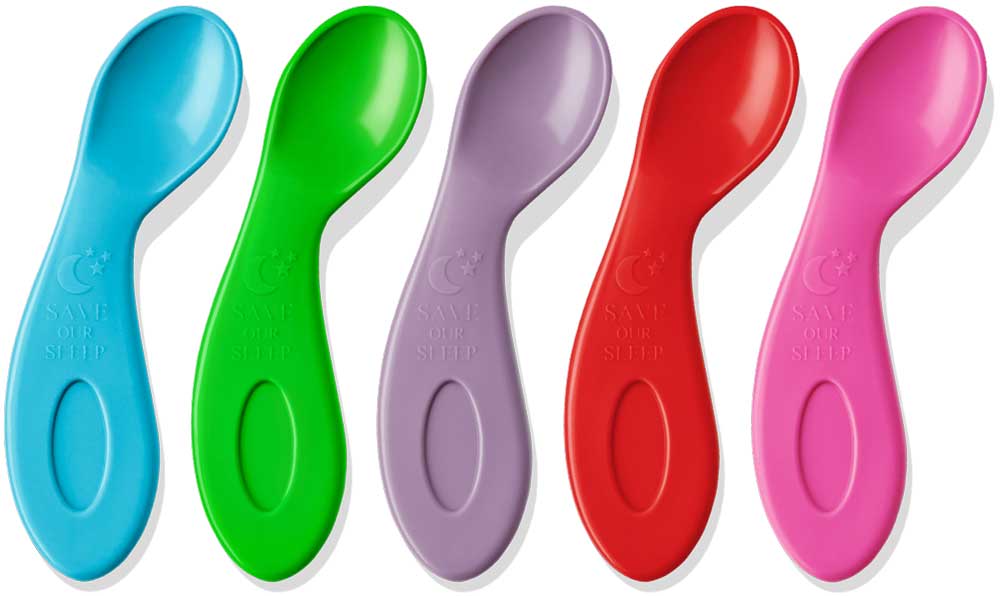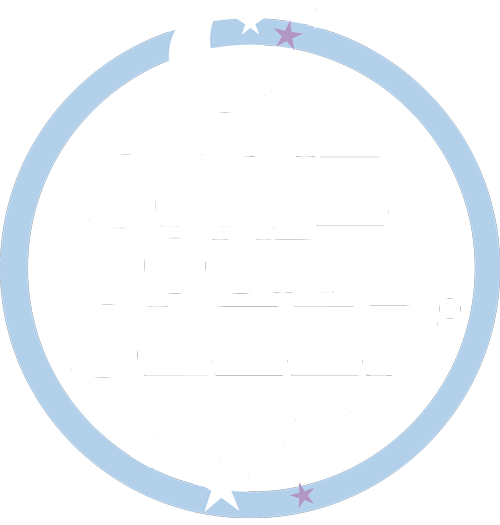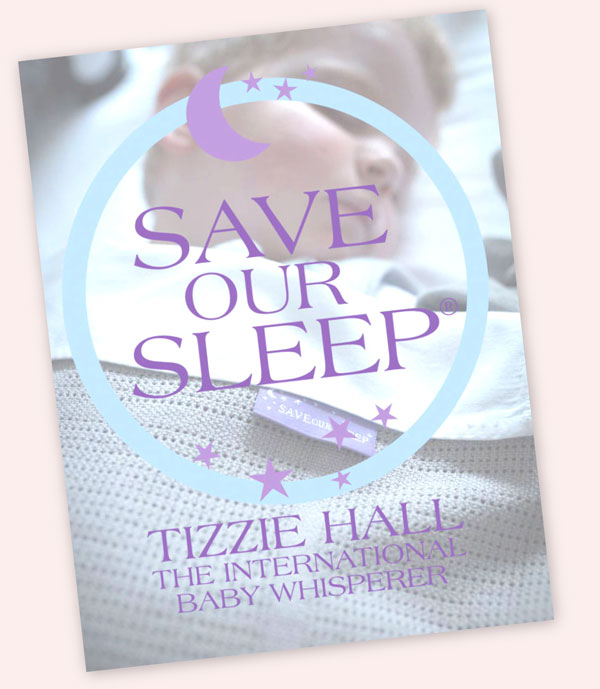I previously sent a newsletter that mentioned my Save Our Sleep Curved Spoons, I am very proud of them and feel such an amazing sense of achievement from all the thank you’s I am getting from clients readers and friends.
As well as the positive feedback, I have also received questions of why spoons and why not Baby – Led Weaning? I thought I would share my views with you.
BABY-LED WEANING
Most health professionals agree purées are the gold standard for weaning babies to solid foods, but with baby-led weaning parents skip purées altogether. When their baby starts reaching for food they hand them small sized pieces and leave it to the baby to decide if they like the food and will eat it or give it a miss. With baby-led weaning babies are not given a spoon until they are interested. They use their fingers to eat runny foods such as soup or are given bread to dip into the soup.
I do not advocate complete baby-led weaning for a number of reasons. First, babies usually start reaching for food around six months of age. As I explain in my feeding book, I believe solids should be introduced earlier than this as babies need to be eating a variety of foods by six months to meet their nutritional needs and to avoid allergies. And second, with baby-led weaning it’s almost impossible to tell how much your baby has actually eaten and whether she has eaten enough.
My approach does involve an element of baby-led weaning. I have found babies and toddlers need purées until at least ten months of age and well mashed food up until at least fourteen months. Their main meal and second course should be puréed or fork-mashed. If you give your baby and toddler these textures, you will know exactly how much she has eaten which means you can be sure she has eaten enough to meet her nutritional needs which In return will mean a good sleeper.
With my approach, however, you will also be giving your baby finger foods after her meals from six months and pieces of food from the family table (when I refer to the family table I mean what the rest of the family is eating at that meal) to chew on after she has finished her breakfast, lunch and dinner. This is essential to introduce her to new and more ‘exotic’ tastes as well as give her the opportunity to experience new textures and learn how to chew.
THE FAMILY TABLE
When I talk about food from the family table what I mean is any food you are eating. When a baby or toddler has finished his main meal it is important you include him in family mealtimes. Setting an example of good eating habits in early childhood will stay with your child through his life. At least once a day all the family members should try to sit down at the table to encourage a good eating environment. From as early as six months you can start to hand your baby any food you are eating to have a play, a suck and maybe even a bite of. This can be any food you are eating; a piece of pizza, a piece of the crumbed chicken. Just give it to your baby and let him experiment. You will need to look at my list of unsafe foods on page 151 of my feeding book or consult your health nurse, which include such things as whole nuts and grapes, but apart from avoiding these dangerous foods you can give your baby most foods to experiment with unless he is known to have diagnosed allergies. Yes, your baby might gag or even look like he is choking when experimenting with these foods but it’s all part of learning to eat. For this reason, however, it is important you know how to react to choking or gagging using my arms up approach on page 177 of my feeding book or ask your health nurse and remember all parents should complete a baby first-aid course.
FOOD TEXTURE
Over the years I have found that parents try to push their little ones to eat adult food far too fast. When adult or finger foods are introduced too early as the baby’s main meal, it causes all sorts of problems, including catnapping in the day, night-waking and early-rising because the baby is not eating enough. A baby given finger food too early will typically cry and whinge because he is hungry, while his mother will become anxious because she knows her little one is not eating enough.
Parents also often try to move their baby from purée to lumpier foods too soon, which just confuses their baby and causes gagging and vomiting. This will put your baby off eating and could stop him from eating food altogether. I believe when you are giving your baby smooth textures and even soups into toddlerhood he will eat much more. A baby should be given purée up until the age of ten months and then very well fork-mashed food until at least fourteen months. From fourteen months you can start to introduce meals with more texture – for example fish, pea and mashed potato pie, or a pasta bake with very small pieces of pasta – but not adult food such as pork chops and roast potatoes. A toddler under two years of age is going to get tired before he can feed himself a full meal of adult food.
CHANGING TEXTURES
At ten months it is time to slowly move your baby from puréed food to fork-mashed food for his lunch and dinner. But continue breakfast as normal because this is the most important meal of the day so you do not want to risk upsetting it. At lunch I suggest giving your baby three teaspoons of a well-mashed food, such as baked potato, tuna and peas. Mash his food with some expressed breastmilk or formula, but avoid using butter even unsalted. Then purée the rest of the potato, tuna and peas or have ready another puréed meal you have prepared previously. Offer your baby the fork-mashed food followed by the purée. Each day increase the amount of fork-mashed food you give your baby. If he is still eating his normal daily amount of food and has no problems settling and sleeping then keep going with this approach until he is on all fork-mashed meals. If you notice any problems, however, such as catnapping, night-waking or early-rising, return to offering all meals as a purée and try reintroducing fork-mashed food two weeks later.
At fourteen months you will start to fork-mash the food a little less leaving more lumps in it. But again, if you notice your toddler having any settling or sleep problems, go back to mashing the food well.
SELF-FEEDING WITH A SPOON
Anytime from eight months your baby will want to start feeding himself. He will want to hold the spoon and do it himself. You might not realise what is wrong when you sit down to feed him and he starts crying and whingeing and doesn’t want to eat any lunch. Often just giving your baby a spoon and allowing him to try to feed himself will solve the problem. I recommend left and right handed curved spoons. Your baby can hold one in each hand and attempt to feed himself. You need to be getting in three to four spoonful’s for each spoon your baby gets in his mouth.
For more information on the above please consider reading my Feeding book

Spoons & Cutlery – Save Our Sleep® Official Online Shop
- MADE IN MELBOURNE AUSTRALIA! Bringing manufacturing closer to home!
- Curved right and left handed spoons are designed to encourage independent eating.
- May be used from 4 months by a parent and independently from 8 months by your baby.
- BPA, PVC and phthalate free and 100% recyclable.
- Wash thoroughly before initial use and after each use.
- Dishwasher safe or hand wash in warm soapy water.
- DO NOT microwave.




